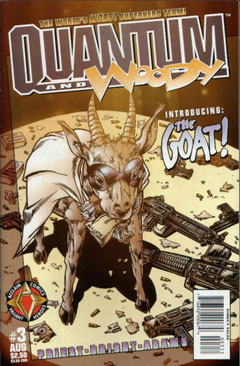Originally, this summary of 2014’s comics-reading was going to share space with the books, but those damn prose-hives ended up taking up so much space that I let them have the entire post. So now, that means I could either not list my favourite comics of 2014 or give them an entire post to themselves.
I think it’s obvious which way I was going to go. If you want to know what I was reading a year ago, here’s the post for that. Now, onwards back into the comics of 2014, a year where my comic book consumption came dangerously close to being defined by a single app…
Unlimited Power!
My 30th birthday was in late March, and my main presents were a tablet and a Marvel Unlimited subscription. Marvel Unlimited, in case you missed it (as it isn’t that well promoted), is a Netflix-esque service providing infinite on-demand access to a huge range of Marvel comic books for a regular subscription fee. It’s updated every Monday with another week of books, so you do effectively get the entire line, albeit six months behind the new stuff.
It’s a great deal, especially at the current price, even if the app has some teething moments at times. I’m on iOS, so don’t know how good the Android version is. Works especially well if you, like me, are interested in a wide variety of Marvel series and more or less switched to collected editions a while back, so don’t mind being six months off the pace.
However, with this much stuff available, it is possible to get Marvel-fatigued. You read Unlimited for hours, because it’s there, and you start to wonder if there’s a world outside Spider-Hulk-X-Iron-Man. I didn’t even realise it was possible to forget Batman nowadays, but at times, I came close.
Anyway. Most of the comics I read during my inaugural nine months on Unlimited ended up being X-Men series. I’ve always stopped myself fully buying into the mutants until now – there are just so many of them and money is not abundant. Still, with a never-ending subscription, why not?
So I caught up on a few core series, using the Schism storyline as an entry point, and it was there that I discovered Jason Aaron and various artists’ Wolverine & The X-Men. Now, everyone, this comic is amazing. Fun, breezy tone, bright, clear, charming art, a light touch and an amazing ability to make you laugh, cry and even feel genuine hope. A reader who takes their mutants Deadly Seriously might find the silliness a turn-off, but as a newcomer who hasn’t read X-Men regularly since Grant Morrison left, this was absolutely the charm offensive they needed to get me back on-board.
(If you want dead serious mutants, I’m most of the way through Rick Remender’s Uncanny X-Force just now, and it’s a proper-hardcore-action-movie series. Personally, I prefer a bit more charm, but I can’t say this particular book doesn’t pull off the stern style.)
The current runs on All-New X-Men and Uncanny X-Men, by Brian Michael Bendis, are also doing good stuff. I read a lot of the Bendis Avengers run, and it too-often felt like the Avengers weren’t soapy enough for him, a whole book revolving around superhero action didn’t play to his strengths. Well, the X-Men are plenty soapy, he’s been teamed up with some excellent artists (Stuart Immonen rarely does wrong), and the result is two smooth, solid series. Not as good as his still-ongoing brilliant run on Ultimate Spider-Man, but few things are.
I also just now read the entire of Peter David’s 2000s run on X-Factor, up to the end of the Madrox series a year or two back. This was absolutely what I want from an X-Men comic (and serialised fiction in general): balancing a huge cast of clearly defined characters, giving everyone their moment without sacrificing plot movement. Suffered sometimes from inconsistent art and the occasional supernatural storylines didn’t really grab me, but still good.
Lastly in our Unlimited-X-Men section, I read X-Men: Legacy, the recent reboot by Si Spurrier, Tan Eng Huat and other artists. Starring lesser-known mutant Legion (ostracised son of Professor Xavier), Legacy takes an indepth look at both the X-Men premise (from the main character’s slightly bitter POV) and Legion’s own towering cosmic powers, combined with serious mental health issues. It’s a very odd series, I imagine it won’t be for everyone, but Spurrier, Huat and co did something really unique here, very strange, compelling and ultimately lovely. Worth a look.
Gillen Division
After that epic X-section, I hope you see what I mean about kinda being overwhelmed by Marvel comics. Marvel Unlimited – it’s a thrill, but perhaps ultimately a danger.
However, I did read some other publishers’ output this year. Most recently, I powered through all issues to date of Uber, the WW2 superpowers epic by Kieron Gillen, Caanan White and others.It would’ve been easy to collapse into sensationalism, but there’s clearly research and thought at work here, as well as ruthlessness. Gillen cleverly keeps much of the real-life horrors off-screen, reserving the nastiness for when his “tank-men” get busy.
White and the other artists are more than capable of realising both emotion during the conversations and gore when it oozes through. Highly recommended as long as you have the necessary strong stomach.
Also written by Gillen, I read Young Avengers and The Wicked & The Divine, his latest collaborations with Phonogram artist Jamie McKelvie. Both of them have been highly acclaimed from various quarters, but I must admit, Uber spoke to me a little more. Still, the craft experiments at work throughout these two series are fascinating – Gillen and McKelvie have worked together long enough to start playing around within their stories, and Young Avengers in particular features plenty of fun-gimmicks-are-fun moments that mesh beautifully with the teen aesthetic.
The Wicked & The Divine (which, disappointingly, they refuse to shorten as TWATD) perhaps speaks to a more passionate fannish persuasion than I possess – as this essay may reveal, I probably engage with creative works in a more ponderous fashion. Still, the straight-up cliffhangers, plot twists and fights are smoothly executed. TWATD may be the closest we’ve yet seen to Gillen/McKelvie doing a “mainstream” urban fantasy, albeit one tailored heavily to their interests. It has the cold open, the reveals, the shocks, and they make it all look effortless.
I’ve now written a fuckton of words and all I’ve covered are the X-Men and the work of one writer. Bloody hell. This is what happens when I hardly write any reviews all year, it just splurges.
Batman & Other Animal(man)s
Since I did a whole bit on Marvel earlier, let’s talk about DC. I re-read the Garth Ennis run on Hellblazer recently, but since I wrote a separate post on that earlier in the month, I won’t repeat myself here. It’s good, though.
Finally read the first two acts of the Grant Morrison run on Batman/Batman & Robin/Final Crisis, after a pleasingly-timed Comixology sale let me grab the whole thing. Like most Morrison comics, I finish a huge segment, stop and think “Okay, I may need to go back and read that again.” Still, this first read got me into the plot, and even with all the big stuff going on, Morrison always tells a good story with plenty of cool Batman moments to keep me invested. Looking forward to Batman Incorporated in 2015.
Also in the Morrison/DC segment, I finally read his Animal Man run, and it was great. Threaded the needle beautifully between straight superheroics and building the inevitable meta-strange breakdown at the end. Like all the best Morrison work, the series never lost its grip on human feelings throughout all that, complemented with great storytelling by Chas Troug and other artists.
We may finally be coming into the closing straight of this year’s best comics – the problem is, I almost exclusively read stuff I’ve seen emphatically recommended, so it’s all good and not much can be excluded from these lists. Here are some final bullet points:
- Caught up on Chew the other morning, and bloody hell, that’s one hell of a ramp-up to the last few storylines of the series. Still great execution by Layman/Guillory, and unlike many five-year comic runs, hasn’t lost momentum.
- Ms Marvel is just as likable and fun as everyone says, and it’s brilliant to have Adrian Alphona back doing regular comic art again.
- From a similar generation: Loki: Agent Of Asgard is intruiging and readable, especially worth checking out if you badly miss Gillen’s Journey Into Mystery.
- Trees by Warren Ellis and Jason Howard is a slow burn but hard to look away from. Between this and the fun storytelling experiments in his Moon Knight issues with Declan Shalvey, this has been a great year for Ellis, and his mostly-weekly email newsletter Orbital Operations is a good read as well.
Okay. Phew. I think I’m done with comics for 2014 at last, hopefully you found something interesting in that piece and if not, well, I still enjoyed writing it, so never mind
Coming soon: the season finale of the 2014 round-up posts… the Top Ten TV.

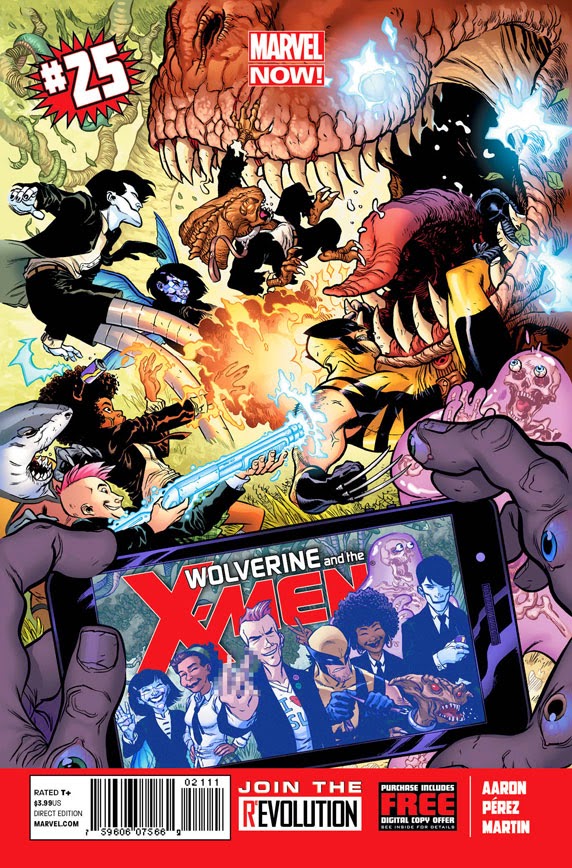
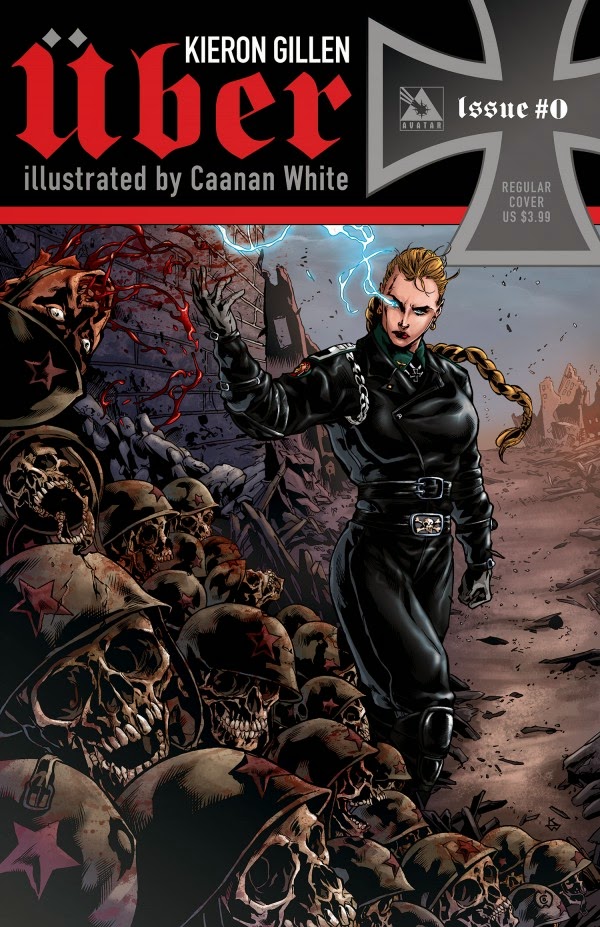
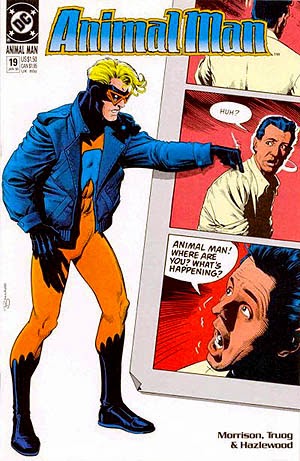
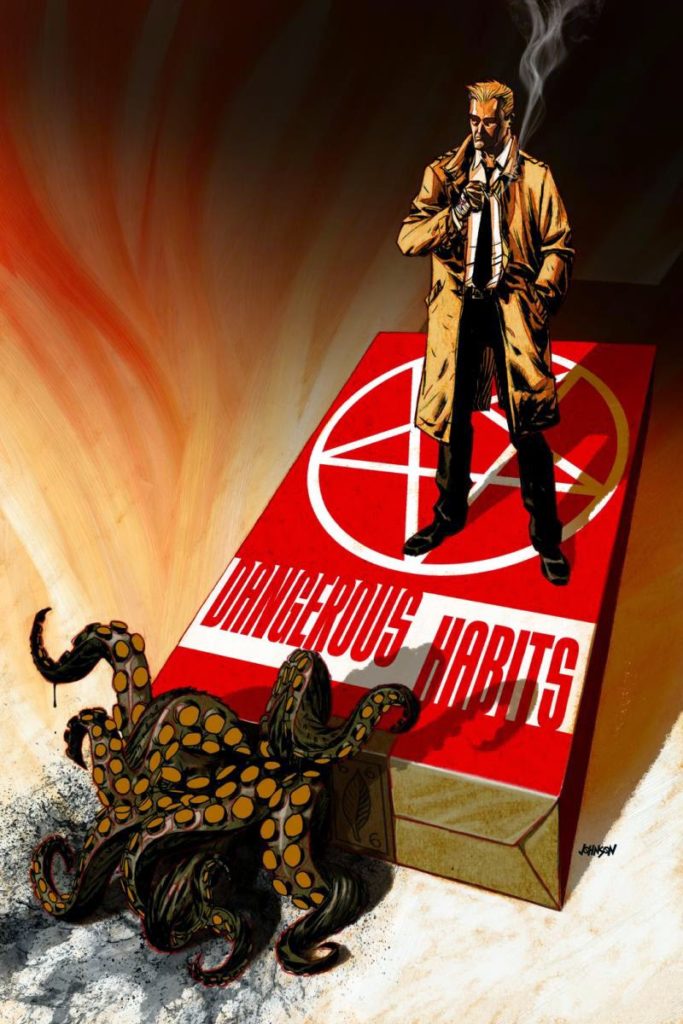
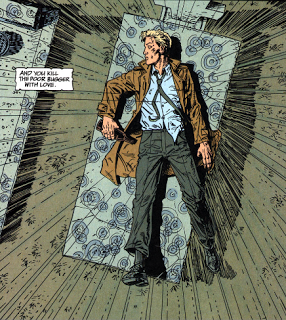
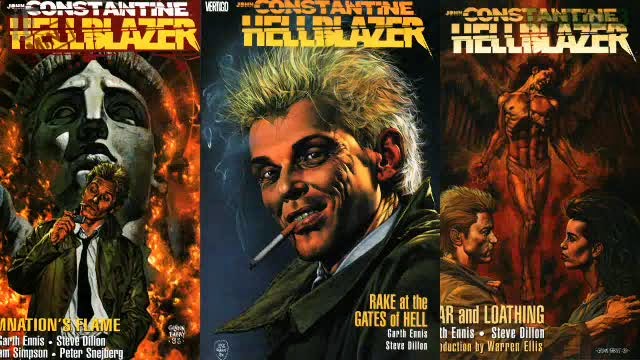
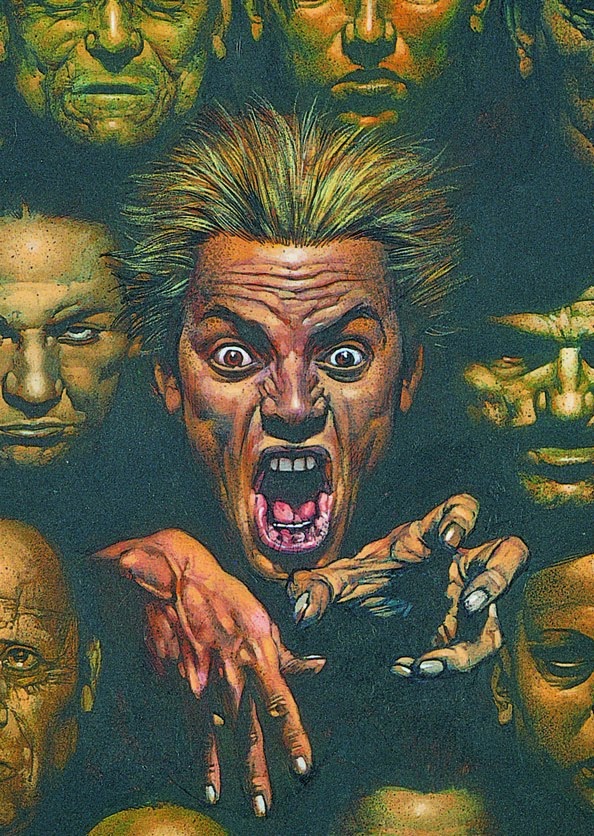
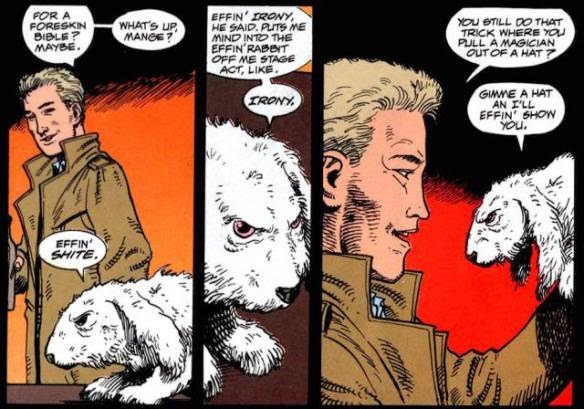

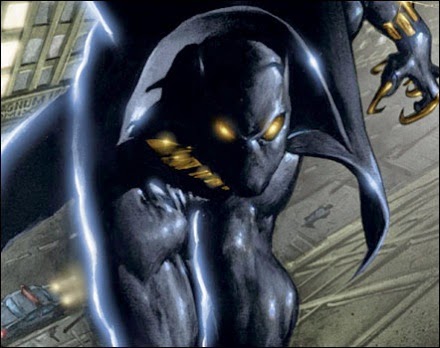
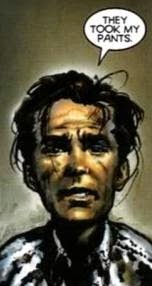

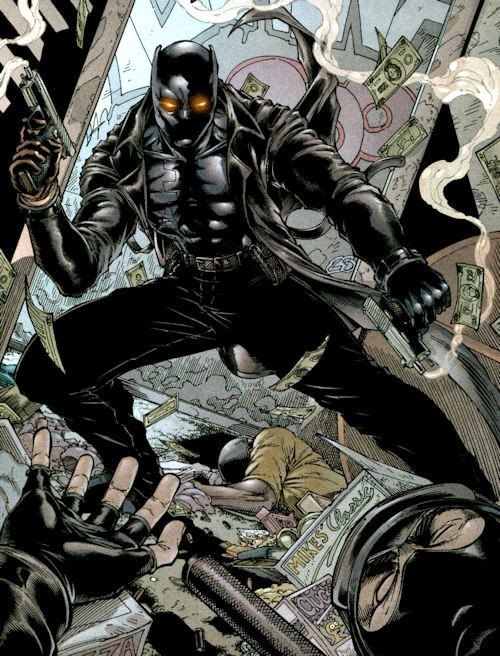
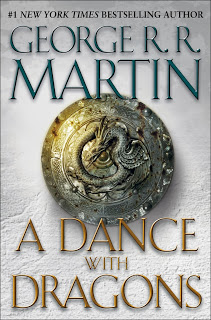
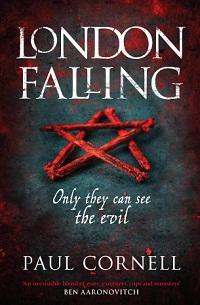
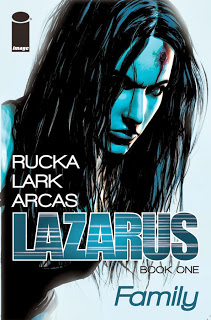
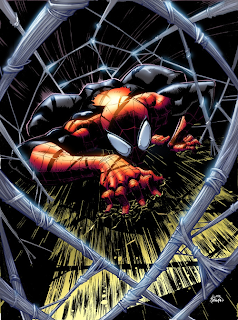
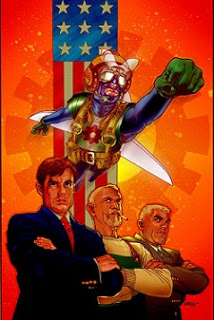
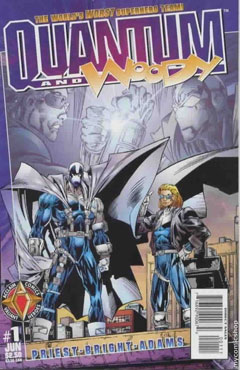 I imagine few have heard of Quantum & Woody, a comic book published in the 1990s (not a time known for great comics, I grant you) by Acclaim Comics. Q&W was pretty obscure even when coming out, and so it remains. It barely even exists on UK Amazon.
I imagine few have heard of Quantum & Woody, a comic book published in the 1990s (not a time known for great comics, I grant you) by Acclaim Comics. Q&W was pretty obscure even when coming out, and so it remains. It barely even exists on UK Amazon.